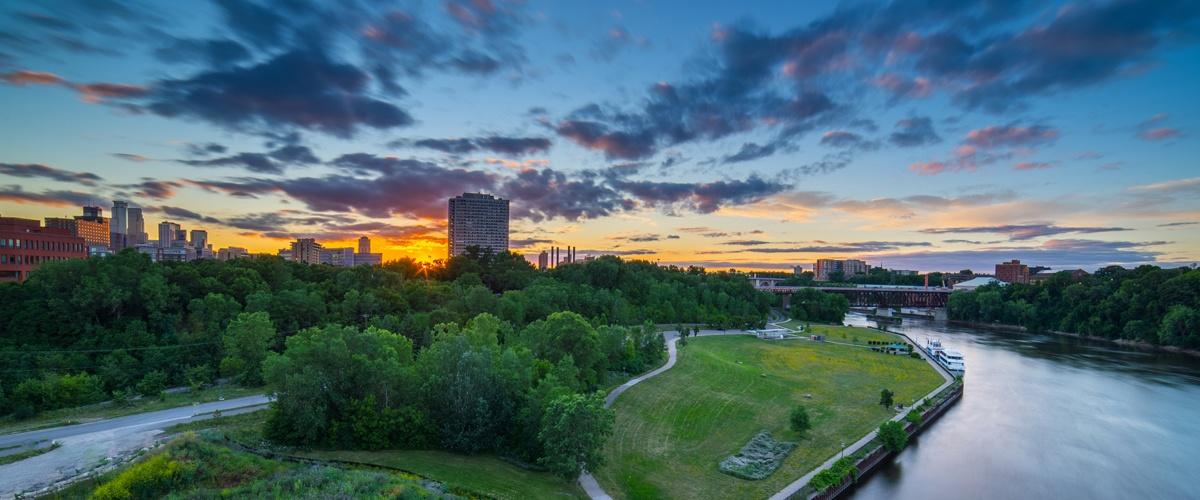Initial Environmental Analysis

As the basis of its lawsuit, Smart Growth Minneapolis presented evidence to the court that Minneapolis 2040 would damage the environment. SGM commissioned a highly regarded civil and environmental engineering firm, Sunde Engineering of Bloomington, Minn., to conduct a plan analysis. Sunde reported that Minneapolis 2040 largely ignored the plan’s likely environmental impacts, and identified a number of them, including:
- Increased pollution of already impaired city lakes, streams and watershed, due to in-creased runoff, overtaxed storm water systems;
- Soil erosion, due to increased velocity of runoff;
- Floods that would be more frequent, more severe and longer-lasting, due to increased impervious surfaces;
- Diminished air quality due to increased traffic, congestion and idling;
- Reduced wildlife habitat and aquatic biodiversity, due to pollution and increased stream temperatures;
- Safety problems related to pedestrian, bicycle and vehicle traffic;
- Increased visual and noise pollution, shadowing of properties and solar panels, in-creased glare from buildings, privacy reduction.
Estimated Impact
The Sunde Analysis is conservative, as it is based on the City’s own numbers for projected growth (not the far greater amount of additional units allowed under the 2040 Plan).
Read the Sunde Environmental Analysis.
The Sunde Analysis is an initial study of the 2040 Plan that demonstrates the magnitude of impacts to water, land and air, but does not attempt to cover all areas of concern, including: impacts to green space, tree canopy, wildlife diversity and ecological resources, carbon capture and air quality, heat zones, etc. A comprehensive environmental analysis of the Plan would yield the full information required for responsible city planning, and it could include study of social, cultural and economic aspects such as gentrification and affordable housing.